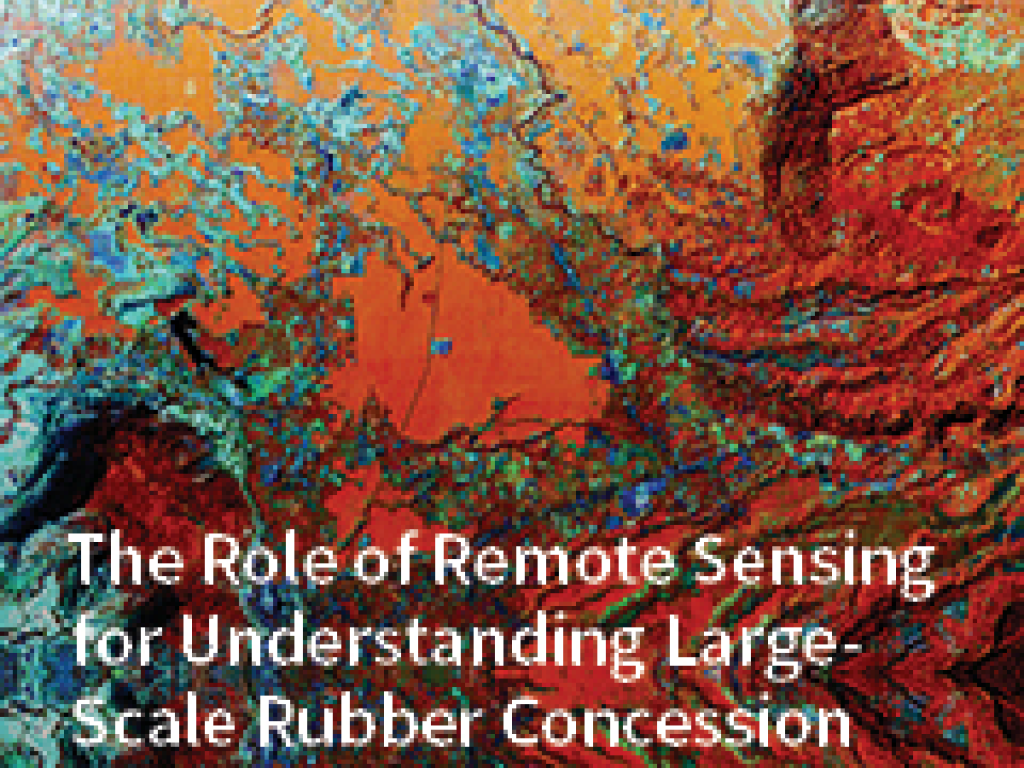Exploring Long-Term Livelihood and Landscape Change in Two Semi-Arid Sites in Southern Africa: Drivers and Consequences for Social–Ecological Vulnerability

Masunungure, C., Shackleton, S. • 2018
Abstract
This paper investigates the drivers and dynamics of livelihood and landscape change over a 30-year period in two sites in the communal drylands of Zimbabwe (Marwendo) and South Africa (Tshivuhulani). Of particular interest to us was how access to social protection and a wider range of options may mitigate increased vulnerability under a changing climate. A mixed methods approach (using household surveys, focus group discussions, life history interviews, transect walks and secondary sources of data) was applied to develop human–environment timelines for each study site. Findings indicate that prolonged periods of droughts, unreliable rainfall, changing socioeconomic policies and development-related projects were among the major drivers of both positive and negative change in both villages. Marwendo, in particular, experienced a suite of negative drivers in the last 10 years that increased vulnerability and forced households to diversify into potentially maladaptive activities. In contrast, the expansion in social grants in Tshivhulani provided an important safety net that reduced vulnerability, but also led to a decline in farming and a narrowing of livelihood activities for some households. We demonstrate that rural development initiatives such as electrification and road construction can strengthen local people’s capacity to respond to drivers of change, while new methods of farming and diversification of the livelihood portfolio can make them more climate-resilient. However, long-term changes in landscapes and ecosystem services and feedbacks on livelihoods could reverse some of the benefits of development by eroding the natural capital many households still depend on